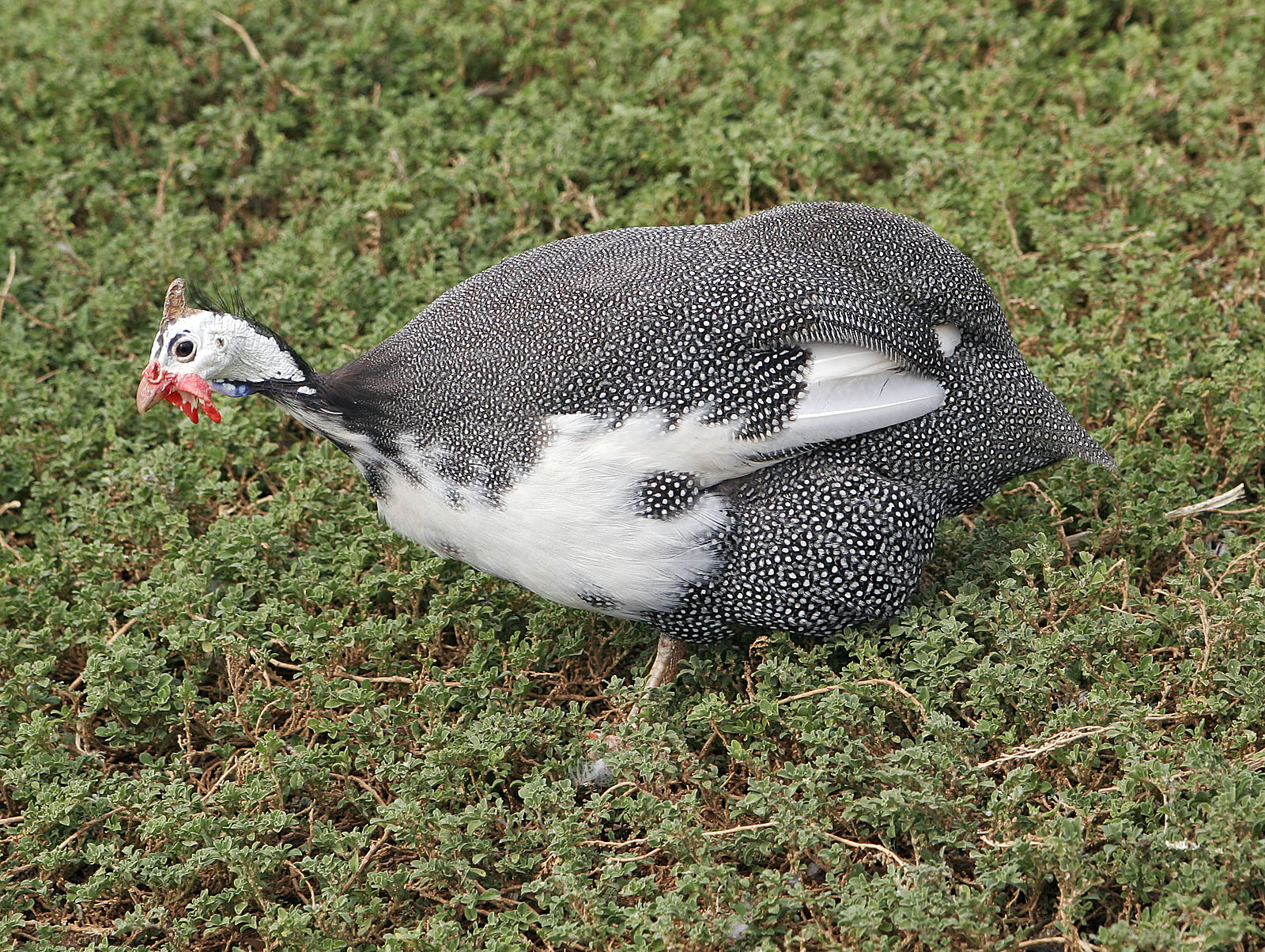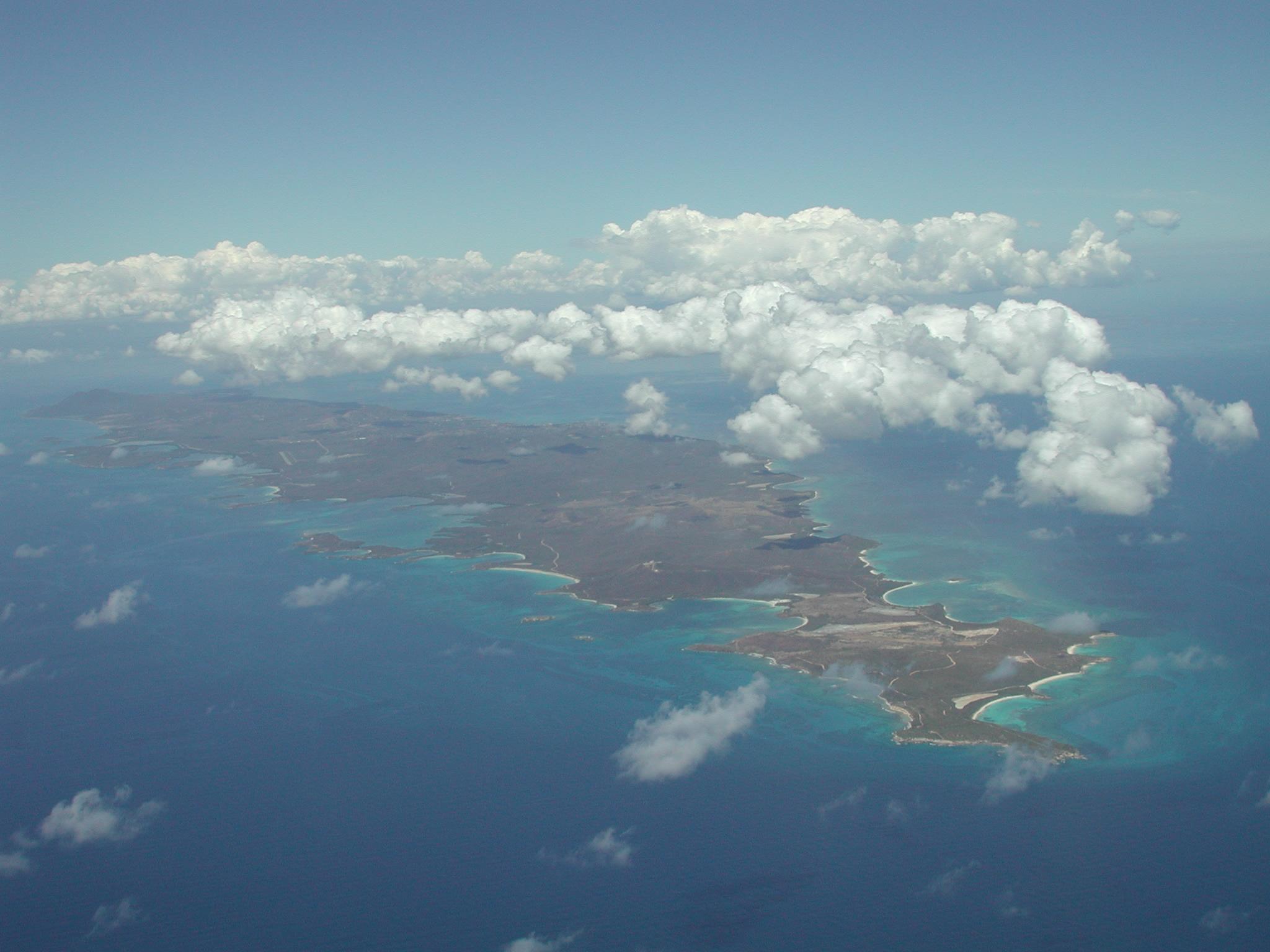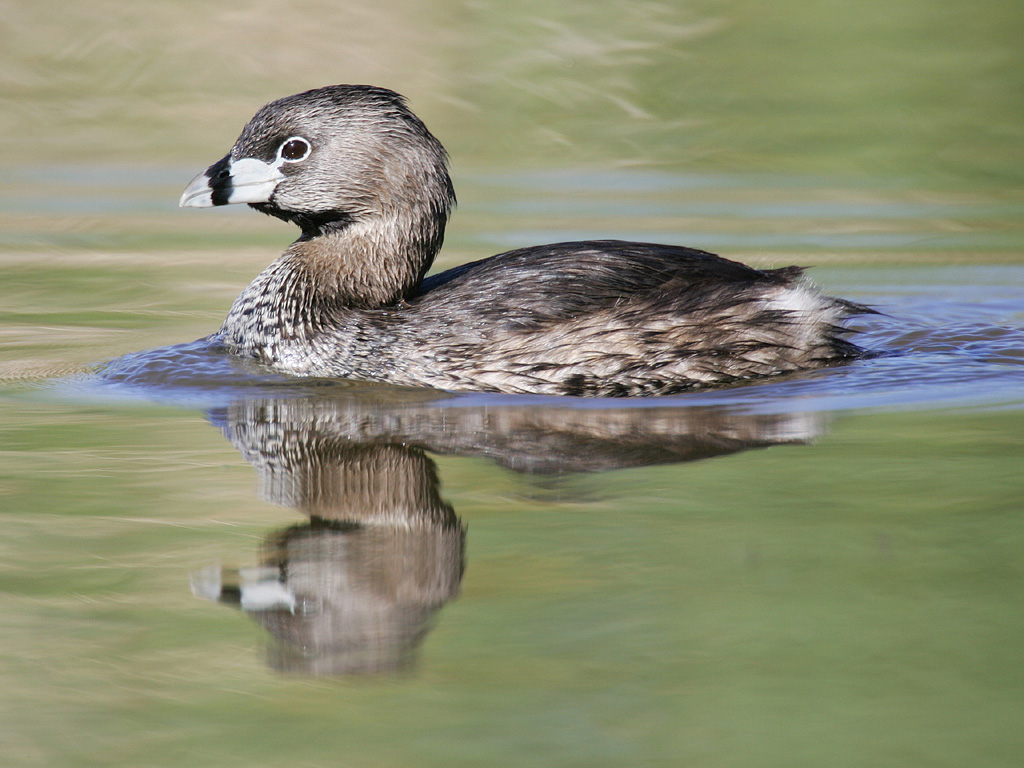|
Antillean Euphonia
The Antillean euphonia (''Chlorophonia musica'') is a bird species in the finch family, Fringillidae (formerly in Thraupidae). It is found in all the main islands of the Lesser Antilles, as well as Hispaniola (Dominican Republic and Haiti) and Puerto Rico. Its natural habitats are subtropical or tropical dry forest, subtropical or tropical moist lowland forest, and heavily degraded former forest. It was formerly classified in the genus ''Euphonia'', but phylogenetic evidence indicates that it groups with '' Chlorophonia''. See also *Fauna of Puerto Rico *List of Puerto Rican birds *List of Vieques birds References External linksStamps(for Lesser Antilles The Lesser Antilles ( es, link=no, Antillas Menores; french: link=no, Petites Antilles; pap, Antias Menor; nl, Kleine Antillen) are a group of islands in the Caribbean Sea. Most of them are part of a long, partially volcanic island arc bet ... islands & countries-(12 stamp issues))Photo gallery- VIREOArtwork ... [...More Info...] [...Related Items...] OR: [Wikipedia] [Google] [Baidu] |
Johann Friedrich Gmelin
, fields = , workplaces = University of GöttingenUniversity of Tübingen , alma_mater = University of Tübingen , doctoral_advisor = Philipp Friedrich GmelinFerdinand Christoph Oetinger , academic_advisors = , doctoral_students = Georg Friedrich HildebrandtFriedrich StromeyerCarl Friedrich KielmeyerWilhelm August LampadiusVasily Severgin , notable_students = , known_for = Textbooks on chemistry, pharmaceutical science, mineralogy, and botany , author_abbrev_bot = J.F.Gmel. , author_abbrev_zoo = Gmelin , influences = Carl Linnaeus , influenced = , relatives = Leopold Gmelin (son) , awards = Johann Friedrich Gmelin (8 August 1748 – 1 November 1804) was a German naturalist, botanist, entomologist, herpetologist, and malacologist. Education Johann Friedrich Gmelin was born as the eldest son of Philipp Friedrich Gmelin in 1748 in Tübingen. He studied medicine under his father at University of Tübingen ... [...More Info...] [...Related Items...] OR: [Wikipedia] [Google] [Baidu] |
Chlorophonia
''Chlorophonia'' is a genus of finches in the family Fringillidae. The Chlorophonias are endemic to the Neotropics. They are small, mostly bright green birds that inhabit humid forests and nearby habitats, especially in highlands. The genus ''Chlorophonia'' was erected in 1851 by the French ornithologist Charles Lucien Bonaparte. The name combines the Ancient Greek ''khlōros'' meaning "green" with the genus name ''Euphonia'' that had been introduced in 1806 by the French zoologist Anselme Gaëtan Desmarest. The type species was designated as the blue-naped chlorophonia (''Chlorophonia cyaneaby'') by the English zoologist George Robert Gray in 1855. The genus was once considered as a member of the tanager family, Thraupidae The tanagers (singular ) comprise the bird family Thraupidae, in the order Passeriformes. The family has a Neotropical distribution and is the second-largest family of birds. It represents about 4% of all avian species and 12% of the Neotropica .... S ... [...More Info...] [...Related Items...] OR: [Wikipedia] [Google] [Baidu] |
Taxa Named By Johann Friedrich Gmelin
In biology, a taxon (back-formation from ''taxonomy''; plural taxa) is a group of one or more populations of an organism or organisms seen by taxonomists to form a unit. Although neither is required, a taxon is usually known by a particular name and given a particular ranking, especially if and when it is accepted or becomes established. It is very common, however, for taxonomists to remain at odds over what belongs to a taxon and the criteria used for inclusion. If a taxon is given a formal scientific name, its use is then governed by one of the nomenclature codes specifying which scientific name is correct for a particular grouping. Initial attempts at classifying and ordering organisms (plants and animals) were set forth in Carl Linnaeus's system in ''Systema Naturae'', 10th edition (1758), as well as an unpublished work by Bernard and Antoine Laurent de Jussieu. The idea of a unit-based system of biological classification was first made widely available in 1805 in the intro ... [...More Info...] [...Related Items...] OR: [Wikipedia] [Google] [Baidu] |
Birds Described In 1789
Birds are a group of warm-blooded vertebrates constituting the class Aves (), characterised by feathers, toothless beaked jaws, the laying of hard-shelled eggs, a high metabolic rate, a four-chambered heart, and a strong yet lightweight skeleton. Birds live worldwide and range in size from the bee hummingbird to the ostrich. There are about ten thousand living species, more than half of which are passerine, or "perching" birds. Birds have whose development varies according to species; the only known groups without wings are the extinct moa and elephant birds. Wings, which are modified forelimbs, gave birds the ability to fly, although further evolution has led to the loss of flight in some birds, including ratites, penguins, and diverse endemic island species. The digestive and respiratory systems of birds are also uniquely adapted for flight. Some bird species of aquatic environments, particularly seabirds and some waterbirds, have further evolved for swimming. Bird ... [...More Info...] [...Related Items...] OR: [Wikipedia] [Google] [Baidu] |
Birds Of Puerto Rico
This is a list of the bird species recorded in the archipelago of Puerto Rico, which consists of the main island of Puerto Rico, two island municipalities off the east coast (Vieques and Culebra), three uninhabited islands off the west coast ( Mona, Monito and Desecheo) and more than 125 smaller cays and islands. The avifauna of Puerto Rico included a total of 385 species as of July 2022, according to ''Bird Checklists of the World''. Of them, 201 are accidental, two have been extirpated, and one is believed to be extinct. Seventeen species are endemic. Non-native species are common; 43 listed here were introduced by humans. Individuals of many other species (mostly parrots, finches, and waxbills) are flying free, presumably after escaping or being released from captivity. For example, a 2018 study on introduced Psittacidae on the island found at least 46 species present, of which 24% are only found in the pet trade (captivity), 48% have been observed in the wild (but are n ... [...More Info...] [...Related Items...] OR: [Wikipedia] [Google] [Baidu] |
Birds Of Haiti
Birds are a group of warm-blooded vertebrates constituting the class Aves (), characterised by feathers, toothless beaked jaws, the laying of hard-shelled eggs, a high metabolic rate, a four-chambered heart, and a strong yet lightweight skeleton. Birds live worldwide and range in size from the bee hummingbird to the ostrich. There are about ten thousand living species, more than half of which are passerine, or "perching" birds. Birds have whose development varies according to species; the only known groups without wings are the extinct moa and elephant birds. Wings, which are modified forelimbs, gave birds the ability to fly, although further evolution has led to the loss of flight in some birds, including ratites, penguins, and diverse endemic island species. The digestive and respiratory systems of birds are also uniquely adapted for flight. Some bird species of aquatic environments, particularly seabirds and some waterbirds, have further evolved for swimming. Bird ... [...More Info...] [...Related Items...] OR: [Wikipedia] [Google] [Baidu] |
Birds Of The Dominican Republic
Birds are a group of warm-blooded vertebrates constituting the class Aves (), characterised by feathers, toothless beaked jaws, the laying of hard-shelled eggs, a high metabolic rate, a four-chambered heart, and a strong yet lightweight skeleton. Birds live worldwide and range in size from the bee hummingbird to the ostrich. There are about ten thousand living species, more than half of which are passerine, or "perching" birds. Birds have whose development varies according to species; the only known groups without wings are the extinct moa and elephant birds. Wings, which are modified forelimbs, gave birds the ability to fly, although further evolution has led to the loss of flight in some birds, including ratites, penguins, and diverse endemic island species. The digestive and respiratory systems of birds are also uniquely adapted for flight. Some bird species of aquatic environments, particularly seabirds and some waterbirds, have further evolved for swimming. Bird ... [...More Info...] [...Related Items...] OR: [Wikipedia] [Google] [Baidu] |
Birds Of Hispaniola
Birds are a group of warm-blooded vertebrates constituting the class Aves (), characterised by feathers, toothless beaked jaws, the laying of hard-shelled eggs, a high metabolic rate, a four-chambered heart, and a strong yet lightweight skeleton. Birds live worldwide and range in size from the bee hummingbird to the ostrich. There are about ten thousand living species, more than half of which are passerine, or "perching" birds. Birds have whose development varies according to species; the only known groups without wings are the extinct moa and elephant birds. Wings, which are modified forelimbs, gave birds the ability to fly, although further evolution has led to the loss of flight in some birds, including ratites, penguins, and diverse endemic island species. The digestive and respiratory systems of birds are also uniquely adapted for flight. Some bird species of aquatic environments, particularly seabirds and some waterbirds, have further evolved for swimming. ... [...More Info...] [...Related Items...] OR: [Wikipedia] [Google] [Baidu] |
Endemic Birds Of The Caribbean
Endemism is the state of a species being found in a single defined geographic location, such as an island, state, nation, country or other defined zone; organisms that are indigenous to a place are not endemic to it if they are also found elsewhere. For example, the Cape sugarbird is found exclusively in southwestern South Africa and is therefore said to be ''endemic'' to that particular part of the world. An endemic species can be also be referred to as an ''endemism'' or in scientific literature as an ''endemite''. For example '' Cytisus aeolicus'' is an endemite of the Italian flora. '' Adzharia renschi'' was once believed to be an endemite of the Caucasus, but it was later discovered to be a non-indigenous species from South America belonging to a different genus. The extreme opposite of an endemic species is one with a cosmopolitan distribution, having a global or widespread range. A rare alternative term for a species that is endemic is "precinctive", which applies to s ... [...More Info...] [...Related Items...] OR: [Wikipedia] [Google] [Baidu] |
Birds Of The Lesser Antilles
Birds are a group of warm-blooded vertebrates constituting the class Aves (), characterised by feathers, toothless beaked jaws, the laying of hard-shelled eggs, a high metabolic rate, a four-chambered heart, and a strong yet lightweight skeleton. Birds live worldwide and range in size from the bee hummingbird to the ostrich. There are about ten thousand living species, more than half of which are passerine, or "perching" birds. Birds have whose development varies according to species; the only known groups without wings are the extinct moa and elephant birds. Wings, which are modified forelimbs, gave birds the ability to fly, although further evolution has led to the loss of flight in some birds, including ratites, penguins, and diverse endemic island species. The digestive and respiratory systems of birds are also uniquely adapted for flight. Some bird species of aquatic environments, particularly seabirds and some waterbirds, have further evolved for swimming. Birds ... [...More Info...] [...Related Items...] OR: [Wikipedia] [Google] [Baidu] |
List Of Vieques Birds
This is a list of birds recorded in the island of Vieques. Vieques is an island municipality of Puerto Rico located off the east coast of the main island of Puerto Rico, south of Culebra island and west of the Virgin Islands. It has a total area of 348.15 km2, of which only 135 km2 is land area. On May 1, 2001, the western end of Vieques National Wildlife Refuge was established and on May 1, 2003, the same day as the exit of the U.S. Navy from the island, the eastern end of the refuge was established. There are a total of 196 species recorded from the island of Vieques as of July 2022, according to ''Bird Checklists of the World''. Some species, such as the Puerto Rican parrot, have been extirpated from the island but are, nonetheless, included in this list. This list presents the following information for each species: common and scientific name of each species. This list is presented in the taxonomic sequence of the ''Check-list of North and Middle American Bird ... [...More Info...] [...Related Items...] OR: [Wikipedia] [Google] [Baidu] |
List Of Puerto Rican Birds
This is a list of the bird species recorded in the archipelago of Puerto Rico, which consists of the main island of Puerto Rico, two island municipalities off the east coast (Vieques and Culebra), three uninhabited islands off the west coast ( Mona, Monito and Desecheo) and more than 125 smaller cays and islands. The avifauna of Puerto Rico included a total of 385 species as of July 2022, according to ''Bird Checklists of the World''. Of them, 201 are accidental, two have been extirpated, and one is believed to be extinct. Seventeen species are endemic. Non-native species are common; 43 listed here were introduced by humans. Individuals of many other species (mostly parrots, finches, and waxbills) are flying free, presumably after escaping or being released from captivity. For example, a 2018 study on introduced Psittacidae on the island found at least 46 species present, of which 24% are only found in the pet trade (captivity), 48% have been observed in the wild (but are n ... [...More Info...] [...Related Items...] OR: [Wikipedia] [Google] [Baidu] |
.jpg)

.jpg)

.jpg)

